New Drug Delivery Breakthrough Uses Molecular Switches: Imagine a world where your medicine only works when and where you need it most—like a light switch you can flip on at just the right moment. This is no longer science fiction. Thanks to a new drug delivery breakthrough using molecular switches, scientists and doctors can now control exactly when and where medicines become active inside the body. This innovation is opening the door to safer, more effective treatments for diseases that have challenged medical science for decades.
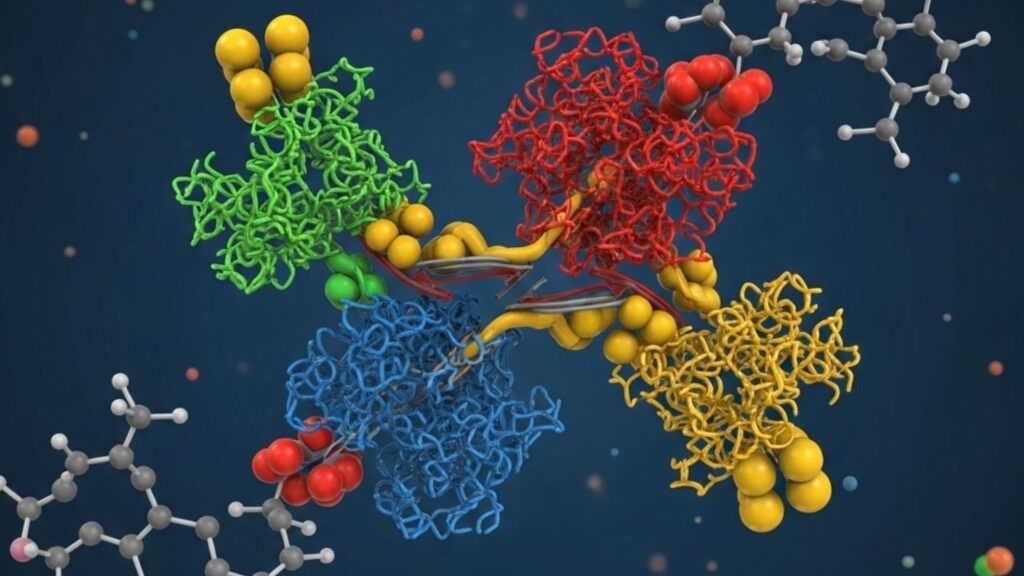
The Promise of Precision Medicine
For years, one of the biggest challenges in medicine has been how to deliver drugs so they work only at the right place and time. Traditional medicines often travel throughout the whole body, sometimes causing unwanted side effects. But with the arrival of molecular switches in drug delivery, we are entering a new era—one where treatments are smarter, more personalized, and far less likely to harm healthy tissues.
New Drug Delivery Breakthrough Uses Molecular Switches
| Feature/Stat | Details & Insights |
|---|---|
| What are Molecular Switches? | Smart molecules that turn drugs on/off in response to triggers like pH, light, or temperature. |
| Market Impact | Drug delivery technologies using molecular switches are projected to reach $6.8 billion by 2030. |
| Applications | Used in cancer, neurological, autoimmune, and inflammatory diseases; also in regenerative medicine and nanomedicine. |
| How They Work | Switches respond to triggers, releasing or activating drugs only at target sites (e.g., tumors, inflamed tissues). |
| Professional Impact | Enables personalized, precise, and safer therapies; reduces side effects; boosts drug development innovation. |
| Official Resource | Nature Reviews Drug Discovery |
The new drug delivery breakthrough using molecular switches represents a major leap forward in medicine. By allowing precise control over when and where drugs work in the body, this innovation promises safer, more effective treatments for a wide range of diseases. With billions in projected market value, growing research, and real-world success stories, molecular switches are set to become a cornerstone of modern healthcare.
What Are Molecular Switches? A Simple Explanation
Molecular switches are tiny, specially designed parts of a drug or its delivery system. They act like on-off buttons, responding to specific triggers inside or outside the body. These triggers can be:
- Light (for example, a laser or LED applied by a doctor)
- pH changes (like the acidic environment of a tumor)
- Temperature (such as heat from inflammation)
- Specific biomolecules (like enzymes found only in diseased tissues)
When the right trigger is detected, the molecular switch “flips,” activating or releasing the medicine only where and when it’s needed. This means that healthy tissues are left alone, and the drug’s action is focused entirely on the problem area.
Why Is This Breakthrough So Important?
1. Precision Targeting: Medicine Only Where Needed
Traditional drugs circulate throughout the body, sometimes causing side effects in healthy organs. With molecular switches, drugs are only activated at the disease site. For example, in cancer treatment, a drug can be designed to remain inactive until it reaches the acidic environment of a tumor. This approach minimizes damage to healthy cells and tissues.
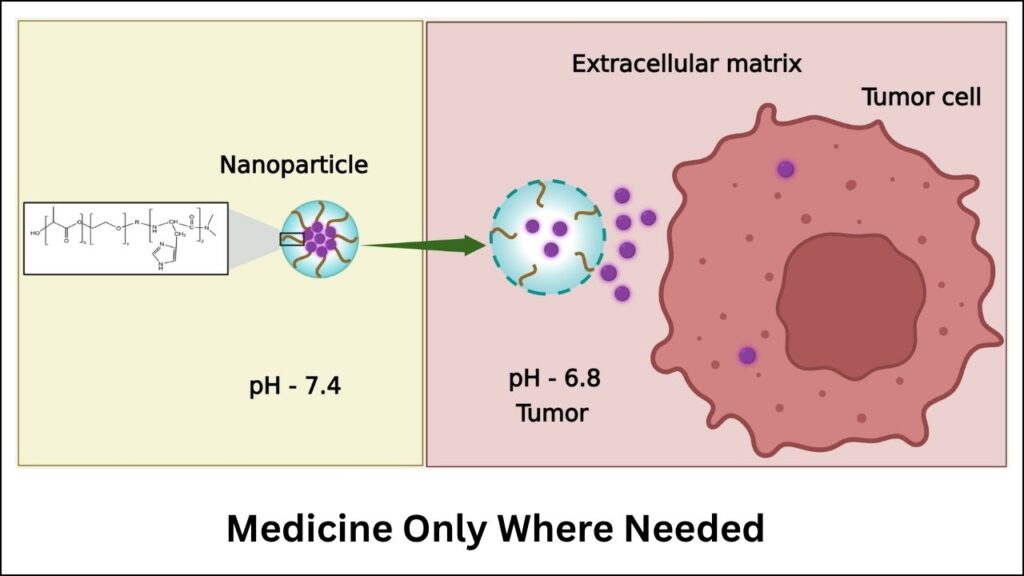
2. On-Demand Activation: Control When Medicine Works
Some molecular switches can be triggered by external signals, such as light. Doctors can shine a specific light on the area needing treatment, activating the drug only there. This is especially useful for diseases like skin cancer or localized infections, where precise targeting is crucial.
3. Fewer Side Effects, Better Results
Because the medicine is only active where it’s needed, healthy parts of the body are protected from unnecessary exposure. This means fewer side effects and a better chance of recovery, especially for patients undergoing tough treatments like chemotherapy.
4. Personalized and Adaptive Treatments
Molecular switches allow for personalized medicine—treatments tailored to each patient’s unique biology. Doctors can adjust when and how much medicine is activated, adapting to how a patient responds over time.
How Do Molecular Switches Work? A Step-by-Step Guide
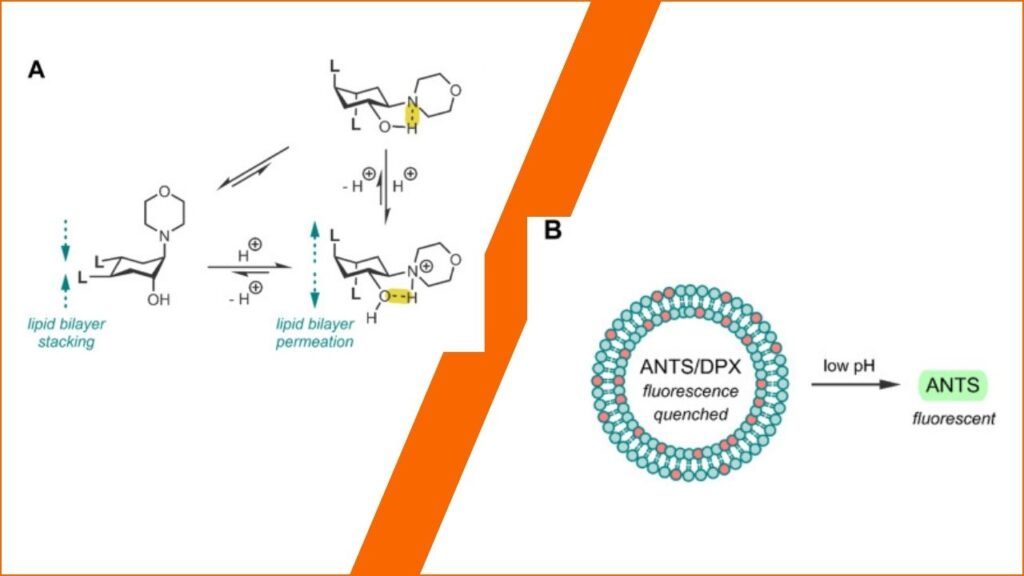
Step 1: Designing the Switch
Scientists start by identifying a trigger unique to the disease site. For example, many tumors have a lower pH than healthy tissues. A molecular switch can be engineered to respond to this acidity.
Step 2: Building the Drug Delivery System
The molecular switch is attached to the drug or built into a tiny carrier, such as a nanoparticle or a biodegradable capsule. This carrier travels through the bloodstream, protecting the drug from being released too soon.
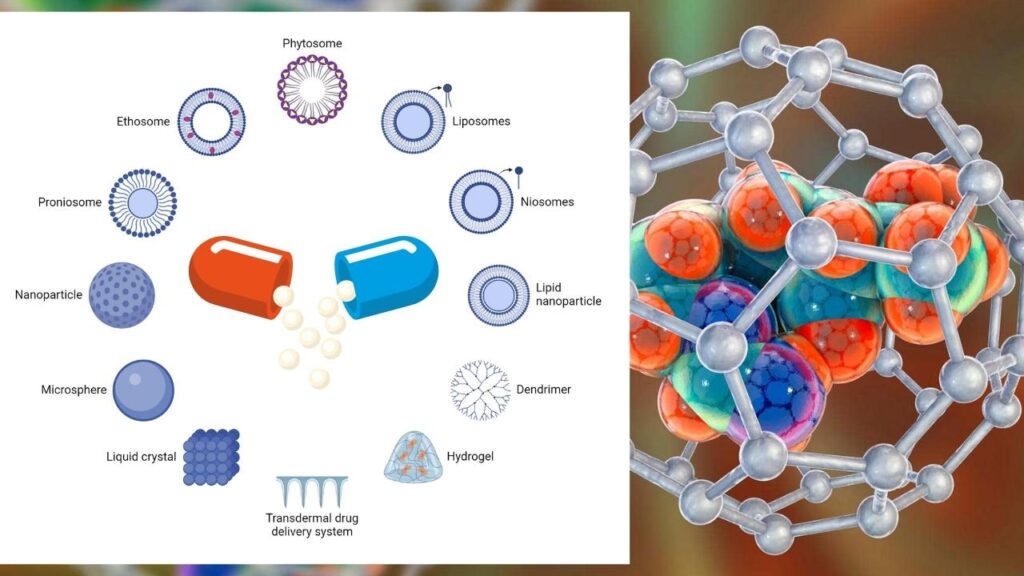
Step 3: Triggering the Switch
When the carrier reaches the target area, the specific trigger (like acidity, heat, or light) flips the switch. The drug is then released or activated, starting its therapeutic action exactly where it’s needed.
Step 4: Medicine at Work
The medicine now acts on the diseased cells, such as killing cancer cells or reducing inflammation, while leaving healthy tissues unharmed.
Real-World Examples and Applications
Cancer Therapy
- pH-Sensitive Nanoparticles: Many cancer cells create an acidic environment. Scientists have developed nanoparticles that open up and release their drug payload only in acidic conditions, focusing the treatment on tumors.
- Light-Activated Chemotherapy: Some new chemotherapy drugs are designed to remain inactive until exposed to a specific wavelength of light. Doctors can target tumors with a laser, activating the drug only in the tumor and sparing healthy tissues.
Neurological Disorders
- Protein-Responsive Switches: In diseases like Parkinson’s, drugs can be engineered to activate only in the presence of certain brain enzymes, reducing side effects and improving results.
Autoimmune and Inflammatory Diseases
- Enzyme-Triggered Delivery: In conditions like rheumatoid arthritis, inflamed tissues produce unique enzymes. Molecular switches can sense these enzymes and release anti-inflammatory drugs only where inflammation is active.
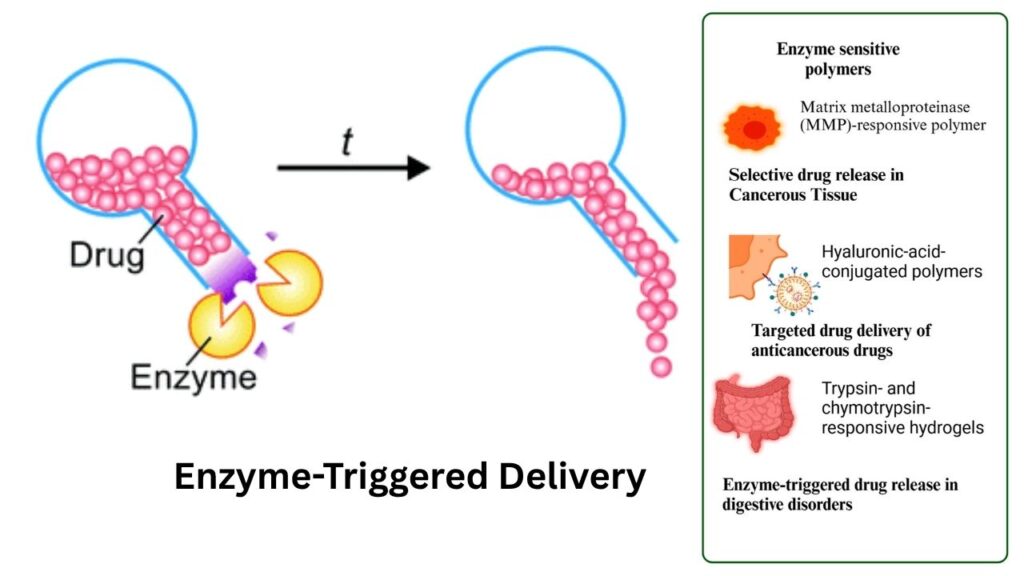
Regenerative Medicine
- Controlled Release for Healing: In tissue engineering, molecular switches can control the release of growth factors, helping tissues heal more efficiently and safely.
The Science Behind the Switch: How Do Triggers Work?
pH Changes
Many diseases, like cancer and chronic inflammation, create unique chemical environments. pH-sensitive switches detect these changes and release drugs only at the disease site.
Light Exposure
Some switches respond to specific wavelengths of light, allowing doctors to activate drugs with a simple light pulse during a procedure. This method is especially promising for treating skin conditions and certain types of cancer.
Temperature
Certain switches are designed to respond to heat, releasing medicine when the body’s temperature rises in a specific area—such as at a site of infection or inflammation.
Biological Molecules
Some switches detect the presence of specific proteins or enzymes, ensuring drugs are only released when needed. This is especially useful for targeting diseases that produce unique biological markers.
The Impact on Healthcare and the Pharmaceutical Industry
A Growing Market
The global market for advanced drug delivery systems, including those using molecular switches, is projected to reach $6.8 billion by 2030. This reflects growing confidence in the technology and its potential to transform patient care.
Career and Professional Opportunities
- Pharmaceutical Researchers: Developing new molecular switches and drug delivery systems.
- Medical Professionals: Using these advanced therapies to treat patients more effectively.
- Biotech Entrepreneurs: Innovating in diagnostics, nanomedicine, and personalized therapies.
- Regulatory Experts: Ensuring the safety and efficacy of these new treatments.
Regulatory and Safety Considerations
Bringing molecular switch-based therapies to market requires rigorous testing. Regulatory agencies like the US FDA and the European Medicines Agency are developing new guidelines to ensure these treatments are safe and effective. Clinical trials are essential to confirm that the switches only activate drugs at the right time and place, and do not cause unintended effects.
PsiQuantum Study Reveals Roadmap For Loss-Tolerant Photonic Quantum Computing
Custom Polymers Offer Efficient Electrochemical Separations for Greener Drug Production
AI-Driven Models Accelerate Molecular and Materials Discovery in Biomedical Research
FAQs About New Drug Delivery Breakthrough Uses Molecular Switches
What are molecular switches in medicine?
Molecular switches are smart components that control when and where a drug becomes active, responding to triggers like pH, light, or temperature.
Are molecular switch-based drugs safe?
These drugs are designed to be safer than traditional medicines because they only activate at the target site, reducing side effects and protecting healthy tissues. However, like all new therapies, they undergo extensive safety testing before approval.
What diseases can be treated with this technology?
Molecular switches are being used in cancer, neurological disorders (like Parkinson’s and Alzheimer’s), autoimmune diseases (like diabetes and arthritis), and regenerative medicine.
How soon will these treatments be available?
Many molecular switch-based therapies are already in clinical trials, with some approved for use in specific conditions. More are expected to become available as research progresses.
Can this technology be used for children?
Yes, the precise targeting and reduced side effects make molecular switch-based therapies suitable for patients of all ages, including children, depending on the disease and treatment plan.
How do I know if a treatment uses molecular switches?
Ask your doctor or healthcare provider about the latest treatment options. They can tell you if a therapy uses advanced drug delivery systems like molecular switches.
Practical Advice for Patients and Professionals
For Patients
- Stay Informed: Ask your doctor about new treatment options that use targeted drug delivery or molecular switches, especially if you’re dealing with cancer or chronic diseases.
- Participate in Clinical Trials: If eligible, consider joining clinical trials for these advanced therapies. This helps advance science and may give you access to cutting-edge treatments.
For Healthcare Professionals
- Keep Learning: Stay updated on clinical trials and new drug approvals involving molecular switches. Consider how these breakthroughs could benefit your patients.
- Collaborate: Work with multidisciplinary teams, including pharmacists, researchers, and regulatory experts, to implement these therapies safely.
For Researchers and Industry
- Focus on Safety and Efficacy: Prioritize rigorous testing and transparent reporting of results to build trust in these new technologies.
- Engage with Regulators: Work closely with regulatory agencies to ensure compliance and smooth approval processes.
Looking Ahead: The Future of Molecular Switches in Medicine
The future is bright for molecular switch-based drug delivery. As scientists continue to discover new triggers and refine these smart systems, we can expect even more precise, effective, and personalized treatments. This technology is paving the way for a new era in medicine—one where drugs work only when and where they’re needed, maximizing benefits and minimizing risks for patients everywhere.
Emerging research is exploring even more advanced switches, such as those that can respond to multiple triggers, or be controlled remotely using wearable devices. The integration of artificial intelligence and data analytics may further personalize treatments, adapting drug delivery in real time based on patient feedback and biological signals.






